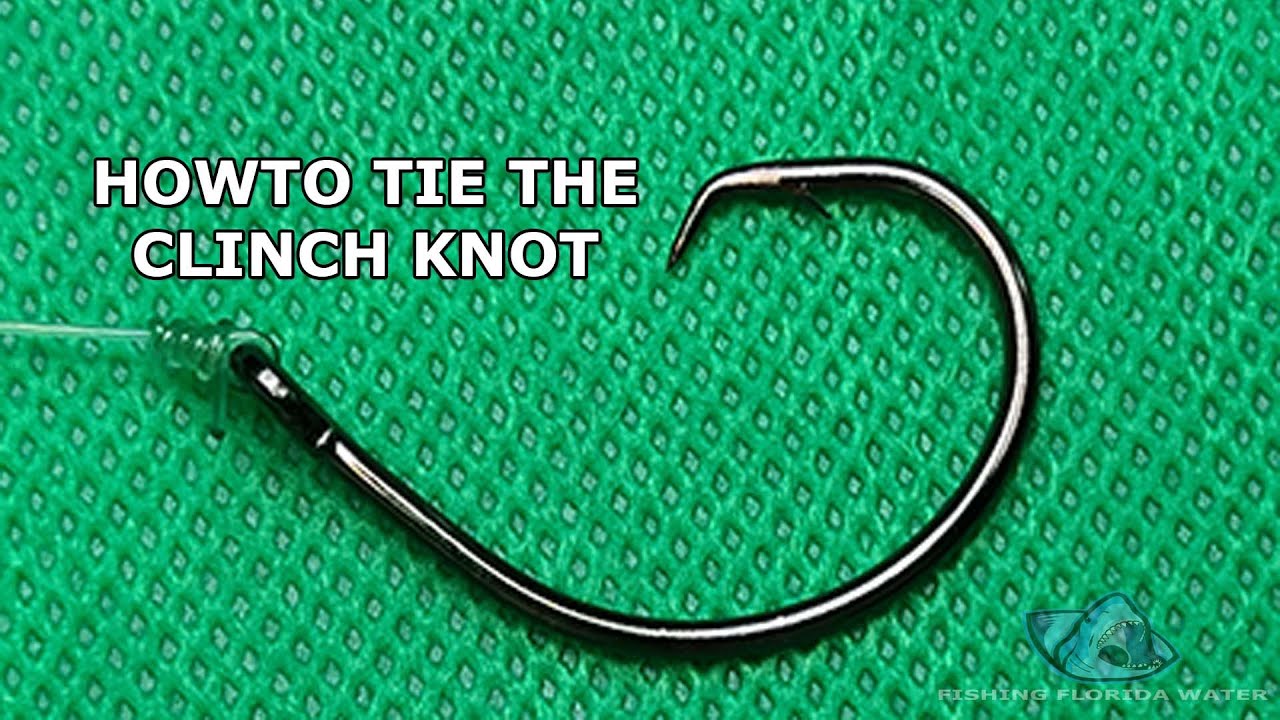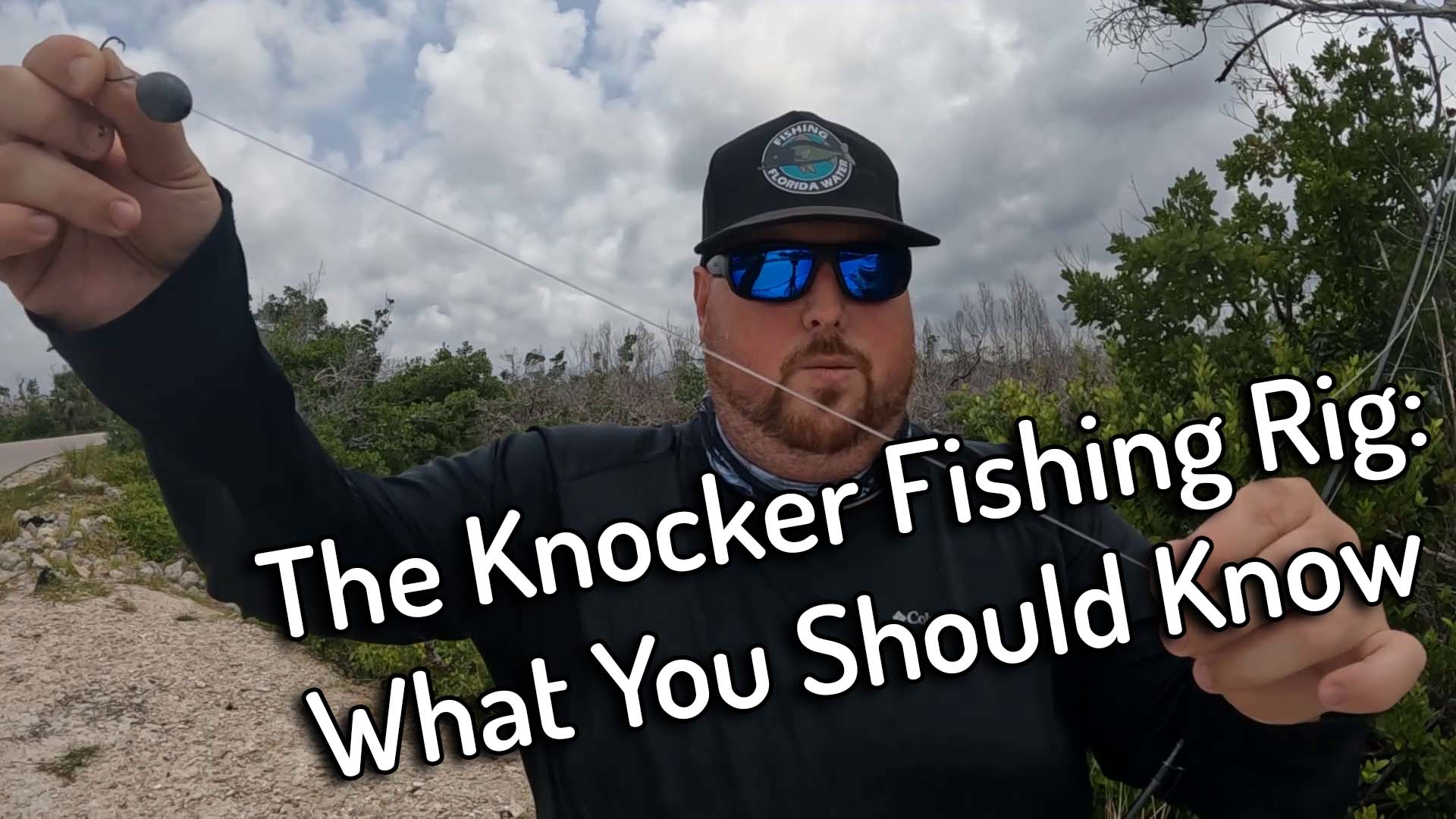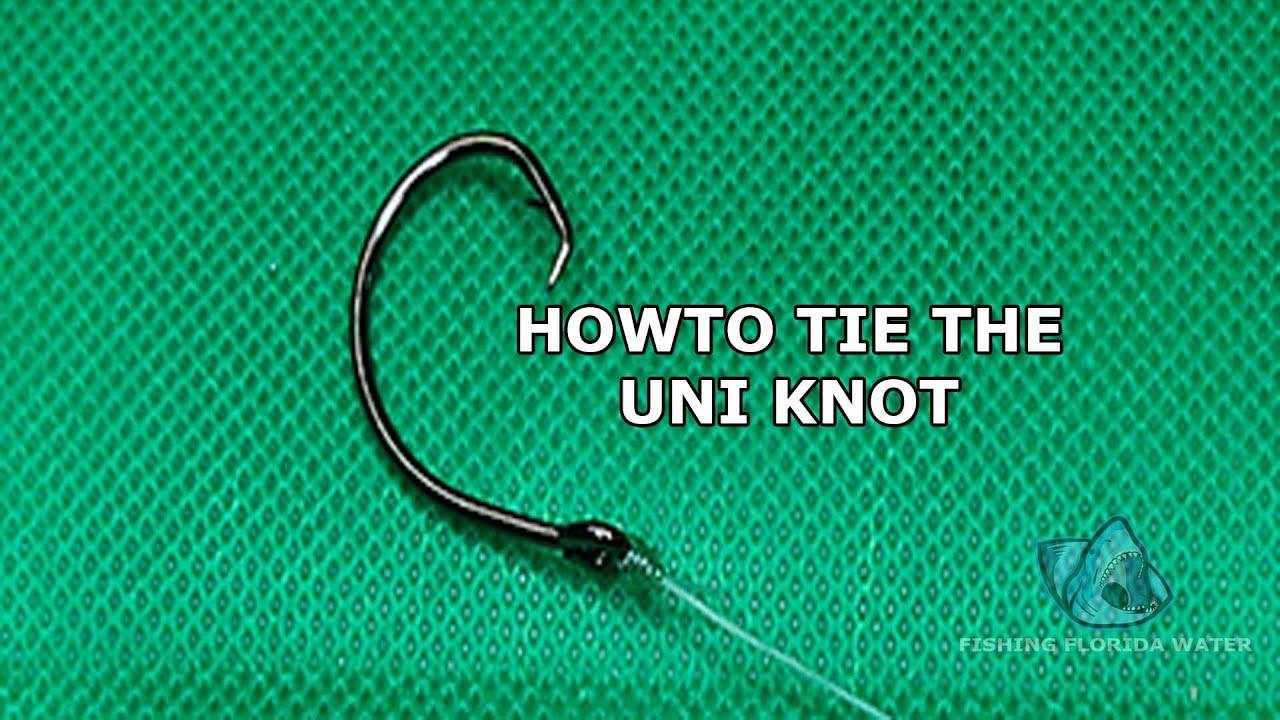How to tie a Clinch Knot
How to Tie a Clinch Knot
Learning how to tie various fishing knots is an essential skill for any angler. One of the most commonly used and versatile knots is the clinch knot. Whether you’re fishing for bass, trout, or any other species, knowing how to tie a clinch knot will come in handy. In this blog post, we will provide a step-by-step guide on how to tie a clinch knot so that you can use it with confidence on your next fishing trip.
What is a Clinch Knot?
A clinch knot, also known as an improved clinch knot, is a popular knot used to attach a fishing line to a hook, lure, or swivel. It is highly reliable and can be tied with various types of fishing lines, making it a go-to knot for many anglers. The clinch knot is known for its strength and can be used in both freshwater and saltwater fishing.
Materials Needed
- Fishing line
- Fishing hook, lure, or swivel
Step-by-Step Guide on How to Tie a Clinch Knot
Follow these simple steps:
Step 1:
Start by threading the end of the fishing line through the eye of the hook or lure. Leave a few inches of the line to work with.
Step 2:
Take the tag end of the line and wrap it around the standing line around 5-7 times, depending on the strength of the line. The heavier the line, the fewer wraps you will need.
Step 3:
After wrapping the tag end around the standing line, thread it back through the loop closest to the eye of the hook. Make sure to leave a small opening at the bottom of the loop so that the tag end can easily pass through.
Step 4:
Moisten the knot with saliva or water to lubricate it. This will help the knot cinch down tightly and prevent the line from weakening due to friction.
Step 5:
Hold the tag end and the standing line and pull them in opposite directions to tighten the knot. Ensure that the wraps are neat and snug against the eye of the hook.
Step 6:
Trim the tag end of the line to leave a small tag to prevent the knot from slipping.
Tips for Tying
Here are some additional tips to keep in mind when tying a clinch knot:
- Practice the knot several times before using it on your fishing line to ensure that you have mastered the technique.
- Choose an appropriate number of wraps based on the type and strength of your fishing line. Lighter lines may require more wraps to secure the knot, while heavier lines may need fewer wraps.
- Make sure to lubricate the knot before tightening it to prevent friction damage to the line.
- Always trim the tag end of the line after tying the knot to prevent it from catching on weeds, rocks, or other obstacles in the water.
When to Use
The clinch knot is suitable for various fishing scenarios and can be used in the following situations:
- Attaching a hook or lure to a fishing line
- Connecting a swivel to a fishing line
- Tying a dropper loop in the middle of a fishing line
Share this content:




Post Comment
You must be logged in to post a comment.